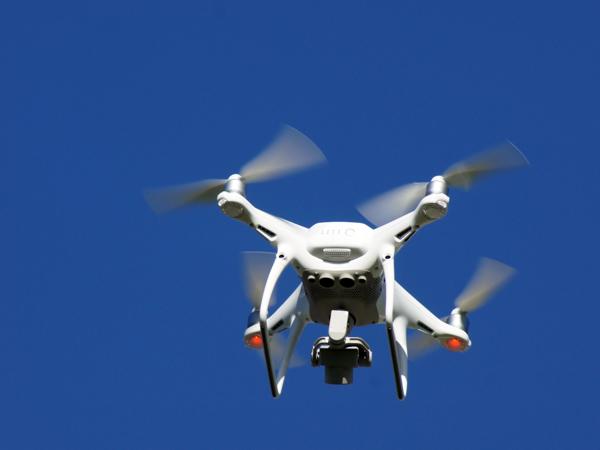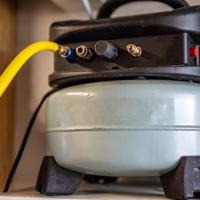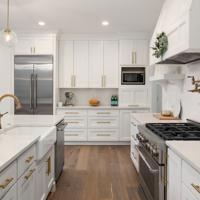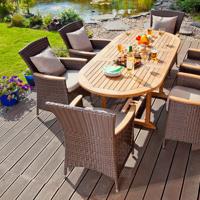In the realm of home security, surveillance cameras often hold a pivotal role. They provide not just a means to monitor your home, but also a sense of security and peace of mind. Let's delve into the world of surveillance cameras, exploring their benefits, types, and some considerations you might find helpful when deciding on a system for your home.
Why Consider Surveillance Cameras?
Surveillance cameras can be a valuable addition to any home security setup. They serve a few critical purposes:
- Deterrence: The presence of cameras can discourage potential intruders.
- Evidence Collection: Recorded footage can be invaluable in case of an incident.
- Remote Monitoring: Many alarm systems allow you to check in on your home remotely, providing a constant connection.
Types of Surveillance Cameras
When considering surveillance cameras, it's important to understand the different types available:
1. Wired Cameras
Wired cameras are connected directly to a recording device. They are known for their reliable connection. Common in older systems, they can be somewhat intrusive due to visible wires. Installation often requires more time and effort.
2. Wireless Cameras
These connect to your home network. They offer greater flexibility in terms of installation. Wireless cameras, like those from popular brands such as Ring or Arlo, can be set up with minimal fuss, offering both interior and exterior models.
3. Doorbell Cameras
A great option for monitoring entry points, doorbell cameras provide a clear view of whoever is at your door. Products like the Nest Hello or Ring Doorbell provide motion detection and interaction through two-way audio.
4. PTZ Cameras
Pan-Tilt-Zoom (PTZ) cameras offer remote control over the camera's view, allowing you to adjust sight lines. This feature is useful for larger areas, providing a comprehensive coverage with fewer cameras.
Features to Consider
When selecting a surveillance camera, keep an eye on features that cater to your needs:
- Resolution: Higher resolution cameras (1080p or 4K) offer clearer images.
- Night Vision: Essential for 24-hour monitoring. Look for infrared or low-light capabilities.
- Field of View: A wider field of view can reduce the number of cameras needed.
- Storage Options: Choose between cloud storage or local storage systems. Each has pros and cons, impacting ease of access and cost.
Installation Tips and Considerations
For some people, professional installation might be the easiest route, especially if you're scaling a larger system. However, many modern systems are designed for DIY installation.
- Map Out Coverage: Identify key areas needing coverage, such as entrances and high-traffic zones.
- Height and Angle: Properly position cameras to avoid blind spots and ensure the best coverage.
- Weather Protection: Outdoor cameras should be weather-resistant. Look for IP ratings that indicate durability in various conditions.
Privacy Concerns and Legal Aspects
Surveillance is not without its ethical and legal nuances. It’s important to respect the privacy of others. Avoid pointing cameras at neighbor properties. In some regions, notifying visitors of recording devices is legally required.
Conclusion
Surveillance cameras can complement your overall security strategy, providing monitoring and peace of mind. As you contemplate the options, consider your specific needs, budget, and level of comfort with technology. By taking thoughtful steps, your home can be both secure and welcoming.
This guide merely scratches the surface, and you may wish to consult professionals or partake in community forums for the latest user reviews and expert advice.
References:
- Consumer Reports on Best Home Security Cameras - ConsumerReports.org
- Home Security Basics: Surveillance Cameras - Security.org
- The Best Outdoor Home Security Cameras for 2023 - PCMag.com
Hopefully, this exploration into surveillance cameras has provided some clarity. Just remember, a little research and planning can go a long way in finding the right system for your needs.




